Increasing Water Scarcity
The escalating issue of water scarcity is a primary driver for the Water Recycle Reuse Market. As populations grow and industrial demands increase, the availability of fresh water diminishes. Reports indicate that by 2025, nearly 1.8 billion people may live in areas with absolute water scarcity. This dire situation compels municipalities and industries to seek alternative water sources, thereby propelling the adoption of water recycling and reuse technologies. The recycling water filtration is likely to experience substantial growth as entities strive to mitigate the impacts of water shortages through innovative recycling solutions. Furthermore, the economic implications of water scarcity, including increased costs for water procurement, further incentivize investments in water reuse systems.
Technological Innovations
Technological advancements are revolutionizing the Water Recycle Reuse Market, enabling more efficient and cost-effective water treatment solutions. Innovations such as membrane filtration, advanced oxidation processes, and biological treatment methods are enhancing the quality of recycled water, making it suitable for various applications, including agricultural irrigation and industrial processes. The market for water recycling technologies is expected to witness a surge, with estimates suggesting a growth rate of approximately 12% annually over the next five years. These innovations not only improve the efficiency of water reuse systems but also reduce operational costs, making them more attractive to potential users. As technology continues to evolve, the Water Recycle Reuse Market is likely to expand, driven by the demand for high-quality recycled water and the need for sustainable water management solutions.
Rising Industrial Demand for Water
The increasing demand for water in various industrial sectors is a significant driver for the Water Recycle Reuse Market. Industries such as manufacturing, energy, and agriculture require substantial amounts of water for their operations. As water scarcity becomes more pronounced, these sectors are compelled to explore alternative water sources, including recycled water. Reports indicate that industrial water reuse could potentially reduce freshwater consumption by up to 30%, making it an attractive option for businesses aiming to enhance their sustainability profiles. The Water Recycle Reuse Market is likely to benefit from this trend, as industries invest in advanced water treatment technologies to meet their operational needs while minimizing environmental impact. This rising industrial demand is expected to catalyze further innovations and investments in the water recycling sector.
Regulatory Frameworks and Incentives
The establishment of supportive regulatory frameworks and incentives is a crucial driver for the Water Recycle Reuse Market. Governments worldwide are increasingly implementing policies that promote water recycling and reuse as part of their water management strategies. These regulations often include financial incentives, such as grants and subsidies, to encourage investments in water reuse technologies. For instance, some regions have set ambitious targets for water recycling, aiming to achieve a certain percentage of water supply from recycled sources. This regulatory support not only fosters market growth but also enhances public awareness regarding the benefits of water reuse. As these frameworks become more prevalent, the Water Recycle Reuse Market is expected to thrive, with more stakeholders participating in the adoption of innovative water management practices.
Environmental Sustainability Initiatives
The growing emphasis on environmental sustainability is significantly influencing the Water Recycle Reuse Market. Organizations and governments are increasingly recognizing the importance of sustainable practices to combat climate change and preserve natural resources. The implementation of water recycling systems aligns with these sustainability goals, as it reduces the demand for freshwater extraction and minimizes wastewater discharge into ecosystems. According to recent data, the water recycling market is projected to grow at a compound annual growth rate of over 10% in the coming years, driven by these sustainability initiatives. Companies are likely to invest in advanced technologies that enhance water reuse efficiency, thereby contributing to a more sustainable future. This trend not only addresses environmental concerns but also enhances corporate social responsibility, making it a pivotal driver for the Water Recycle Reuse Market.


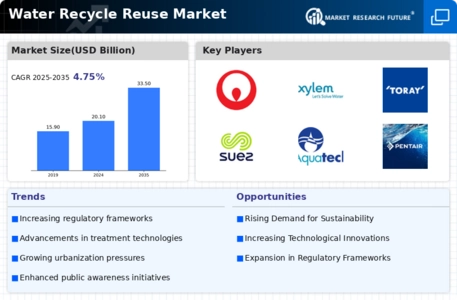

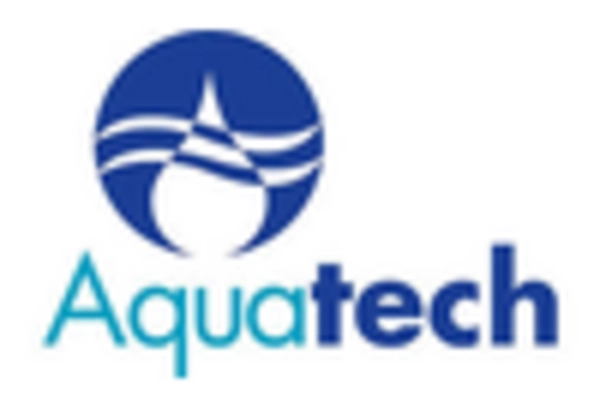
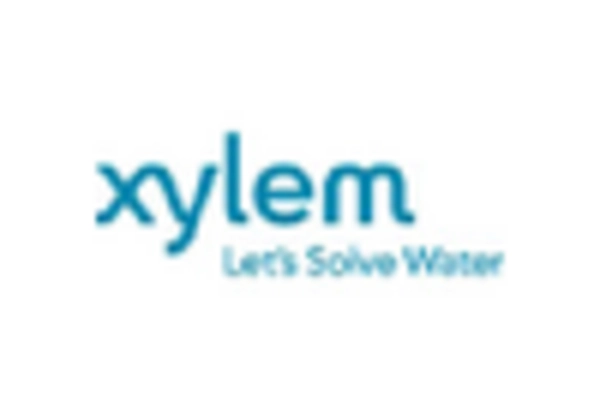
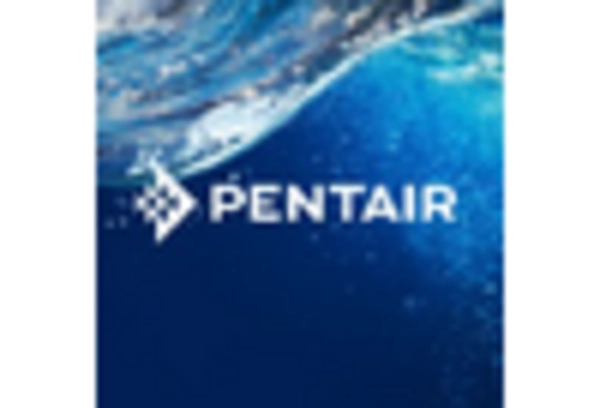
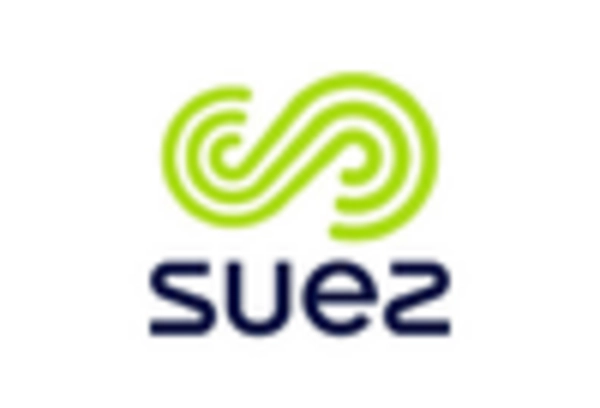
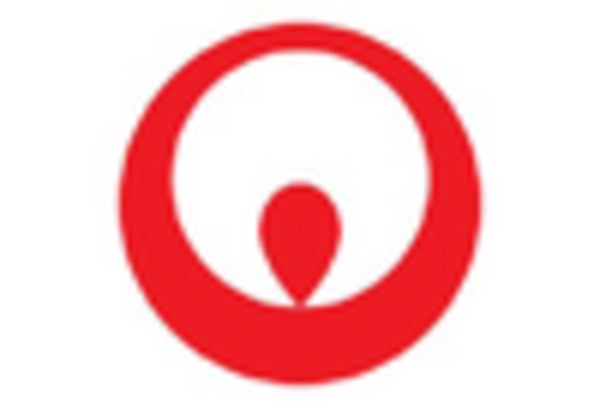
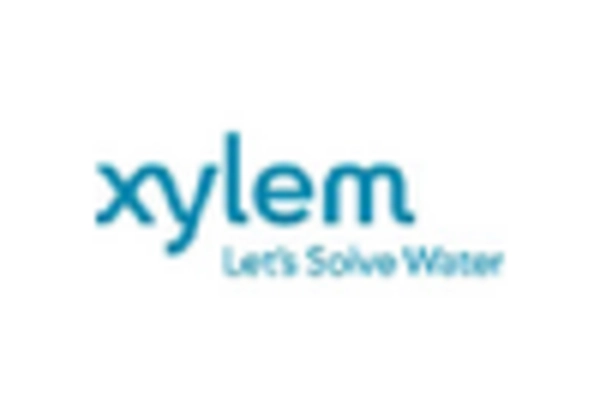








Leave a Comment